Earlier this week, we published a short piece titled Two Important Rules for Winter Fly Fishing which we feel offer those who are willing to brave winter temperatures in search of trout and other species a good basis on which to build success. But, of course, there's much more to the winter fly fishing game. Following are three good reads that should help to further improve your winter strategy and, in the case of the third from the list below, certainly serve to get you thinking a bit more creatively about your winter fly fishing adventures.
More Winter Fly Fishing Tips
The two rules we listed yesterday are pretty high-level and are just the beginning. In Kirk Deeter's piece on Field & Stream's Fly Talk blog, Kirk hits on some of the same point we made and keeps on going. The list is fairly extensive, and touches topics such as tempo, fly patterns, tone and presentation.
Go-to Winter Dry Fly Patterns
Though winter is largely a nymphing game, it is most certainly not only a nymphing game, especially on tailwaters and spring creeks. Gink & Gasoline's always insightful Kent Klewein shares six dry fly patterns that are always in his box when he hits the water in the winter.
Winter Carp?
As we noted in Two Important Rules for Winter Fly Fishing, one of the keys to the winter game is knowing where to find the fish, using springs as a good example of places fish will migrate to in order in seeking the best thermal conditions available. Springs aren't the only example. There's always sewage treatment plants too.
As D.C. fishing guide Rob Snowhite explains in great detail (including maps), Northern Virginia's Four Mile Run comes alive in the winter, as a vast number of carp and other species migrate into the stream because of the warm 60 degree, clean water discharge from a sewage treatment plant located on the stream. Included in the migration are not only carp, but bluegill, largemouth bass, catfish, crappie, yellow perch, and gizzard shad. The result is an urban stretch of water where you can have spectacular winter fishing that offers up opportunities like laying into a twenty pound carp on your lunchbreak. As Snowhite writes, "one can stand on he bridges and look down on a sunny day and not see the stream bottom for all of the carp cover the bottom. I'm not kidding, carp as long as your leg that cover the entire viewing area."





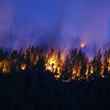
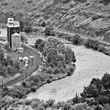



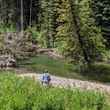
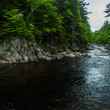








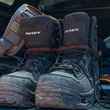
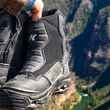



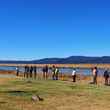
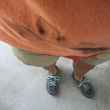


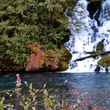
Comments